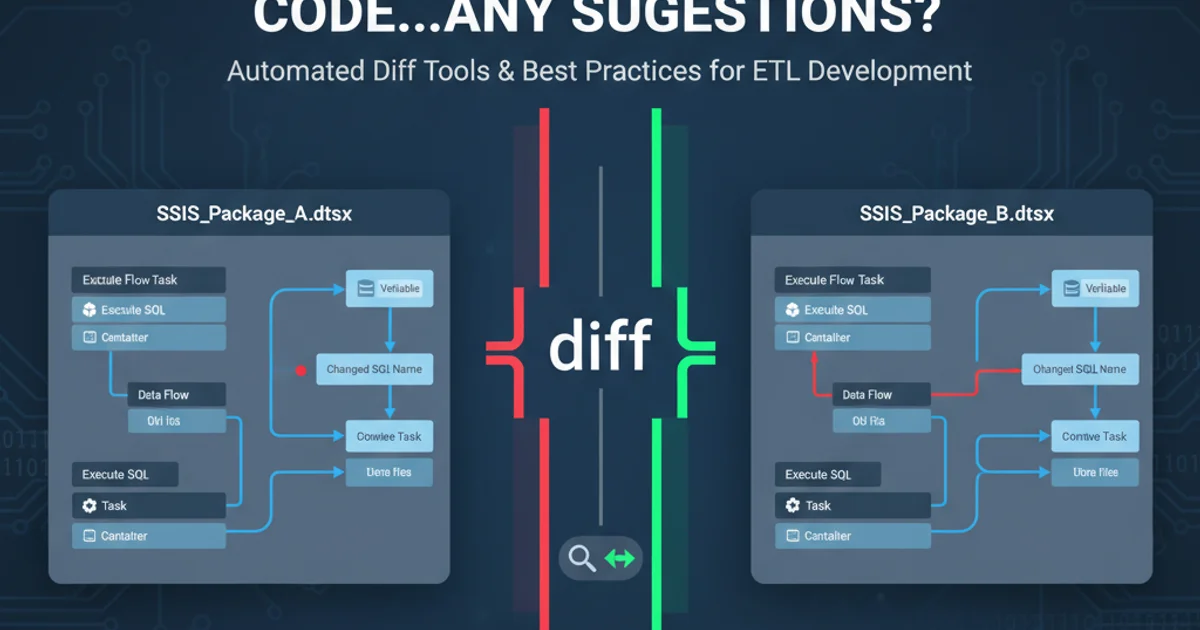How can I use floor function
Categories:
Mastering the Floor Function in C# and ASP.NET

Explore the Math.Floor() function in C# for rounding numbers down to the nearest whole integer, understand its behavior with positive and negative values, and see practical applications in ASP.NET.
The floor function is a fundamental mathematical operation used to round a number down to the nearest whole integer. In C#, this functionality is provided by the Math.Floor() method. Understanding how Math.Floor() behaves with different types of numbers, especially negative ones, is crucial for accurate calculations in various applications, including those built with ASP.NET.
Understanding Math.Floor() in C#
The Math.Floor() method in C# returns the largest integer less than or equal to the specified double-precision floating-point number. This means it always rounds down towards negative infinity. It's important to distinguish this from simply truncating the decimal part, especially when dealing with negative numbers.
double positiveNumber = 3.7;
double negativeNumber = -3.7;
double exactNumber = 5.0;
Console.WriteLine($"Floor of {positiveNumber} is {Math.Floor(positiveNumber)}"); // Output: 3
Console.WriteLine($"Floor of {negativeNumber} is {Math.Floor(negativeNumber)}"); // Output: -4
Console.WriteLine($"Floor of {exactNumber} is {Math.Floor(exactNumber)}"); // Output: 5
Basic usage of Math.Floor() with positive, negative, and exact numbers.
Math.Floor() always returns a double, even if the result is a whole number. You might need to cast it to an int or long if you require an integer type for further calculations.Visualizing the Floor Function
To better grasp how Math.Floor() operates, especially with negative values, consider its behavior on a number line. The function effectively moves the number to the left (towards negative infinity) until it hits the first integer.
flowchart LR
subgraph Number Line
neg4["-4"] --- neg3["-3"] --- neg2["-2"] --- neg1["-1"] --- zero["0"] --- one["1"] --- two["2"] --- three["3"] --- four["4"]
end
A["Input: 3.7"] --> B["Math.Floor(3.7)"]
B --> three
C["Input: -3.7"] --> D["Math.Floor(-3.7)"]
D --> neg4
style neg4 fill:#f9f,stroke:#333,stroke-width:2px
style three fill:#f9f,stroke:#333,stroke-width:2pxFlowchart illustrating the Math.Floor() operation on a number line for positive and negative inputs.
Practical Applications in ASP.NET
In ASP.NET web applications, Math.Floor() can be useful in various scenarios, such as pagination, financial calculations, or when dealing with quantities that must be whole numbers. For instance, calculating the number of full pages required for a given number of items, or ensuring that a calculated discount results in a whole currency unit.
// Example in an ASP.NET Core controller or Razor Page code-behind
public class ProductController : Controller
{
public IActionResult Index(int totalItems, int itemsPerPage)
{
// Calculate the number of full pages required
// Math.Ceiling would be used if you want to include a partial page as a full page
double numberOfPages = Math.Floor((double)totalItems / itemsPerPage);
ViewData["TotalItems"] = totalItems;
ViewData["ItemsPerPage"] = itemsPerPage;
ViewData["NumberOfPages"] = numberOfPages;
return View();
}
}
Using Math.Floor() for pagination logic in an ASP.NET Core controller.
Math.Ceiling(). For standard rounding (to the nearest even number when exactly halfway), use Math.Round().